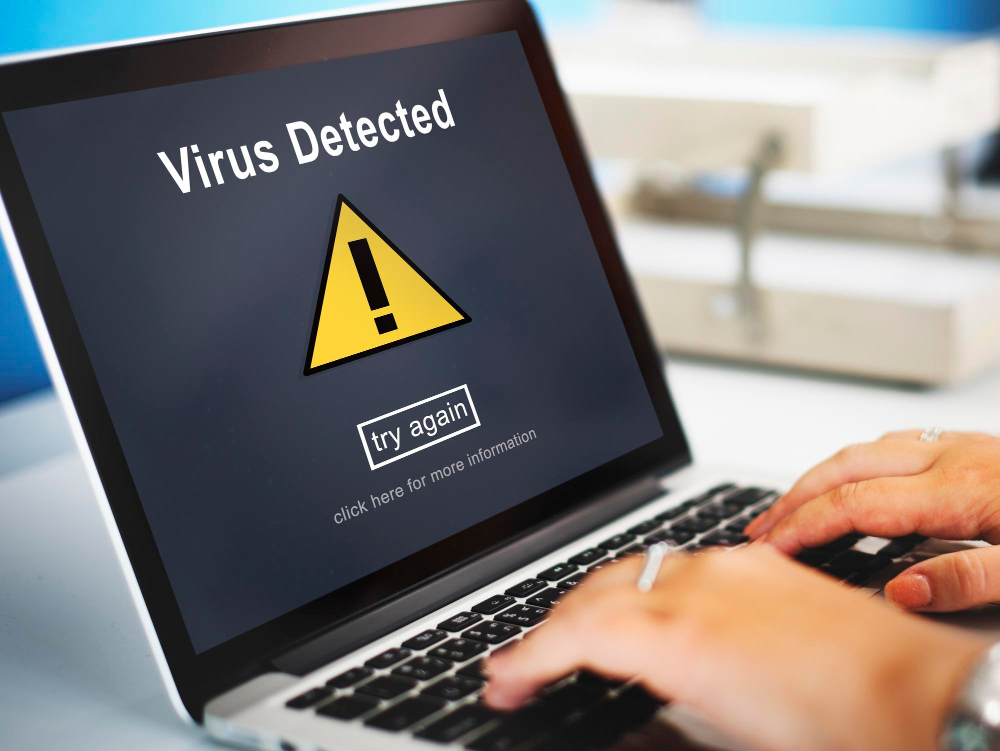In today’s digital world, cyberattacks are becoming increasingly common and sophisticated. Protecting your PC is not just a recommendation but a necessity. Cybercriminals use various methods, such as malware, phishing, ransomware, and other threats, to gain unauthorized access to your sensitive data. Implementing strong security measures ensures your personal information, finances, and digital identity remain safe. Here’s a comprehensive guide to help you safeguard your PC against cyberattacks.
Understanding Cyberattacks
Cyberattacks are deliberate attempts to breach the security of a computer or network. Common types include:
- Phishing Attacks
These attacks trick users into revealing sensitive information by imitating trusted sources through emails, messages, or fake websites. - Ransomware
This type of malware locks your files, demanding a ransom to restore access. - Malware
Malware includes viruses, worms, spyware, and Trojans that can corrupt data, steal information, or damage your system. - Brute Force Attacks
Cybercriminals use automated tools to guess passwords and gain access to your accounts. - Man-in-the-Middle (MITM) Attacks
Hackers intercept data transmission between you and a trusted entity to steal information.
Top Security Tips to Protect Your PC
1. Keep Your Software Updated
Outdated software is a common entry point for cyberattacks. Regular updates fix vulnerabilities and enhance security.
- Enable automatic updates for your operating system and applications.
- Regularly check for updates to web browsers, plugins, and drivers.
2. Use Reliable Antivirus Software
Antivirus software is your first line of defense against malware and other threats.
- Choose a reputable antivirus tool with real-time scanning and automatic updates.
- Run full system scans periodically.
- Enable behavior-based detection to identify suspicious activities.
3. Implement a Strong Firewall
A firewall monitors and controls incoming and outgoing network traffic, blocking unauthorized access.
- Use the built-in firewall in your operating system.
- Consider advanced third-party firewall solutions for added protection.
4. Secure Your Wi-Fi Network
An unsecured Wi-Fi network can be an easy target for cybercriminals.
- Change the default router credentials.
- Enable WPA3 encryption for better security.
- Hide your network by disabling SSID broadcasting.
5. Create Strong and Unique Passwords
Weak passwords are an open invitation for hackers.
- Use complex passwords with at least 12 characters, including uppercase, lowercase, numbers, and symbols.
- Avoid using personal information like birthdays or names.
- Use a password manager to store and generate secure passwords.
6. Enable Two-Factor Authentication (2FA)
2FA adds an extra layer of security by requiring a second verification step.
- Use 2FA for all critical accounts, such as email, banking, and social media.
- Opt for biometric or app-based 2FA methods over SMS codes for better security.
7. Be Wary of Phishing Attempts
Phishing attacks often rely on human error.
- Avoid clicking on links or downloading attachments from unknown sources.
- Verify the sender’s email address and the URL of websites you visit.
- Use anti-phishing tools in your browser or security software.
8. Backup Your Data Regularly
Data backups ensure that you can recover your files in case of a ransomware attack or hardware failure.
- Use external drives and cloud storage for redundant backups.
- Automate backups to save time and ensure consistency.
9. Avoid Public Wi-Fi Without a VPN
Public Wi-Fi networks are vulnerable to cyberattacks.
- Avoid accessing sensitive accounts or conducting financial transactions on public Wi-Fi.
- Use a VPN (Virtual Private Network) to encrypt your data when using public networks.
10. Monitor Your System for Unusual Activity
Unusual system behavior can indicate a security breach.
- Watch for unexplained slowdowns, frequent crashes, or unauthorized software installations.
- Use monitoring tools to track system performance and detect anomalies.
Advanced Security Practices
1. Enable Device Encryption
Encryption converts your data into unreadable code, protecting it from unauthorized access.
- Use built-in encryption tools like BitLocker (Windows) or FileVault (macOS).
- Encrypt external drives and USB devices for additional security.
2. Use Secure Browsers
Certain browsers prioritize privacy and security.
- Enable features like anti-tracking, sandboxing, and HTTPS enforcement.
- Use extensions that block ads and malicious scripts.
3. Educate Yourself on Cybersecurity
Knowledge is power in the fight against cybercrime.
- Stay updated on the latest cybersecurity threats and best practices.
- Train yourself and others on recognizing phishing attempts and other common scams.
4. Use Multi-Account Privileges
Operate your PC with a standard user account instead of an administrator account for daily tasks. This limits the damage malware can cause.
5. Disable Unnecessary Services
Unused services and ports can be exploited by hackers.
- Review active network connections and disable unnecessary ones.
- Turn off services like file sharing when not in use.
What to Do If You Suspect a Cyberattack
1. Disconnect from the Internet
This prevents further data transmission to attackers.
2. Run a Full System Scan
Use your antivirus software to detect and remove threats.
3. Change Your Passwords
Update passwords for all accounts that may have been compromised.
4. Notify Relevant Authorities
Report the attack to local cybersecurity authorities and affected service providers.
5. Seek Professional Help
If the attack is severe, consult a cybersecurity expert to assess and mitigate the damage.
Future-Proofing Your PC Security
1. Adopt Zero-Trust Security Models
Zero-trust security operates on the principle of “never trust, always verify.”
- Limit access permissions to sensitive data.
- Authenticate all access attempts.
2. Leverage AI-Based Security Tools
AI-powered tools can identify emerging threats faster than traditional methods.
3. Regularly Review Security Policies
Evaluate and update your security measures to keep up with evolving threats.
Conclusion
Cyberattacks are a constant threat, but you can significantly reduce your risk by implementing strong security practices. From using reliable antivirus software to enabling two-factor authentication, every step counts in protecting your PC. Regular vigilance, education, and adopting advanced security measures will keep you ahead of cybercriminals.







